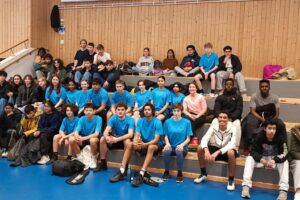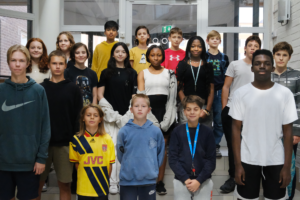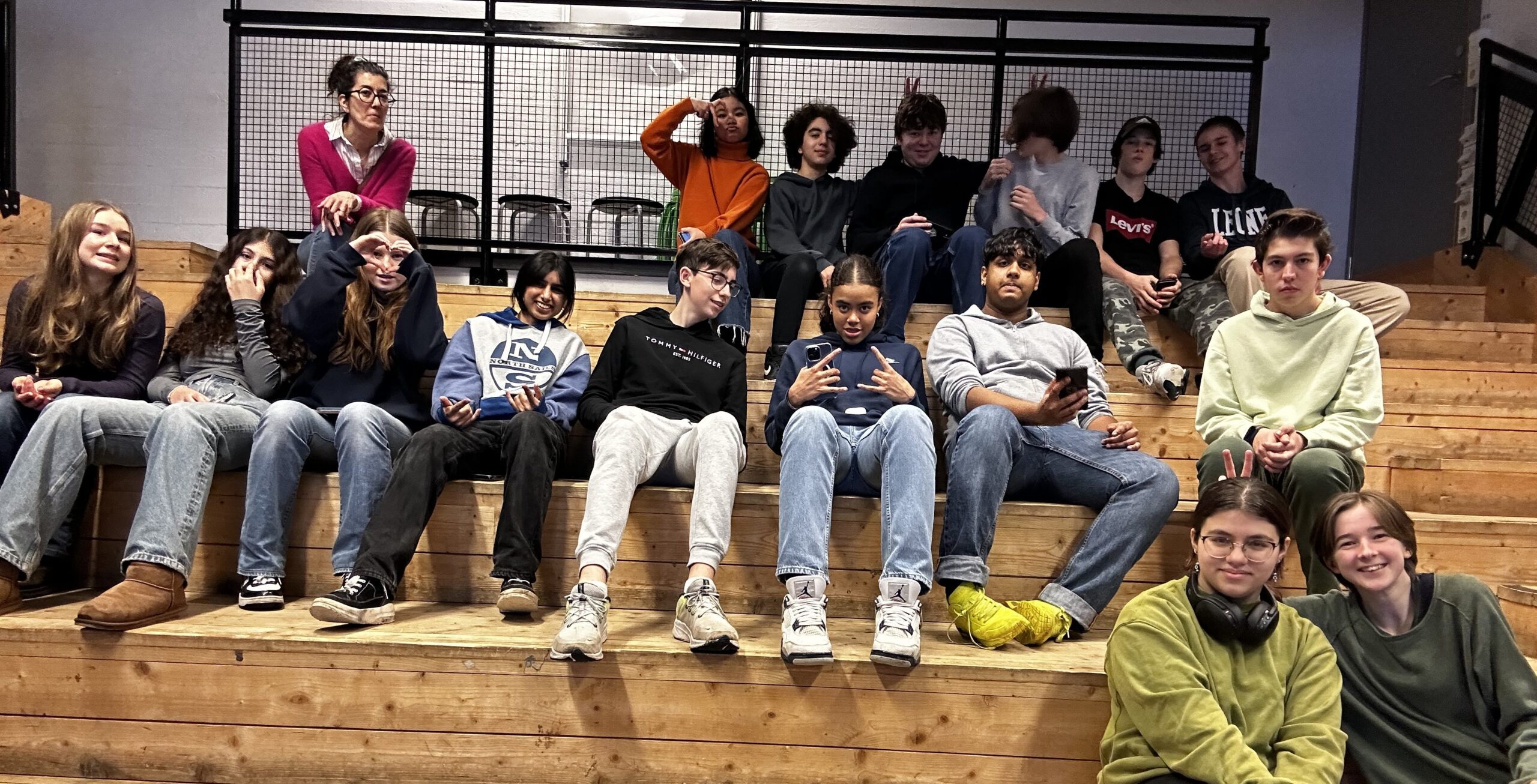
Trip to Vattenhallen
By Natalia Santos & Mahdi Bagheri
“Equipped with his five senses, man explores the universe around him and calls the adventure Science.” – Edwin Powell Hubble
One can never stop learning, as we understood in the MYP 4 trip to the Vattenhallen Science Center, on the 24th of January 2024. During our visit, we were able to learn about robot programming and life sciences, through a combination of lectures, films, activities and simulations.
Firstly, we were brought to the planetarium where we watched a short film about our universe on a dome-encasing screen. This explained the history of how humans mapped the sky, how we came to discover the planets in existence, and the universe beyond our knowledge. We were guided by an expert, who explained concepts such as supernovas.
Secondly, we were welcomed by our main guide, Lasse. He introduced the venue to us explaining a bit of its history, along with the agenda for the day. He then introduced us to some of his colleagues, to aid along with the demonstrations. Afterwards, we were divided into two groups, but all of us were able to visit each ‘station’.
The robotics station consisted of a computer and a simple programming language used to program small robots; the program was transferred over to the robot using a headset cord. The goal was for us to program these bots to drive along the course marked out on the floor. It was challenging, as some of the bots did not cooperate exactly as we programmed them to.
We learnt about particle acceleration, for one, and physics-related aspects of science. There were models to help visualise the larger scale counterparts in Max IV and ESS (European Spallation Source) in Lund. After figuring out what these models were supposed to represent in the actual facilities, we spent time competing against each other in knocking out neutrons from the nucleus with proton bombardment, simulating neutron scattering to give a bright neutron source, just as in ESS. Besides fiddling with particle accelerators, we dabbled in microscopy and explored the dispersion of light to give different shades and wavelengths of light using prisms and gratings.
Then we learnt briefly about Artificial Intelligence. These were explained to be used with the aim of doing activities better and more efficiently than humans, for example, an AI could be designed to tell cancer cells apart from normal cells at lightning speed. It is entirely possible that in the near future, as much as one in two households would likely have a robot. They explained that now, the goal is to create a robot as human as possible—a robot that would be capable of thinking and feeling exactly like a human. What could go wrong?
The Digestive Tract was represented with a life-size model that simulated how food would be digested. Through a series of explanations and small games, we refreshed our knowledge about the different functions of organs within this system.
Finally, our visit ended with a final lecture on the brain. Did you know that a baby would have more than 100 billion neurons when born? The brain is a wonder, in many ways. We learnt that the last thing to develop in the brain is the frontal lobe, responsible for controlling our emotions, impulses, logic and social interactions to name a few. We also talked about the development of Sweden over time, starting from the 1900. That being said, with this trend of development, what future would lay in store for us? And what must we do in order to achieve this?
In conclusion, our trip to the Vattenhallen Science Center was a captivating experience, where we explored the mysteries of the universe through various engaging activities and sessions. This visit not only educated us on astronomy, but also robotics, physics and a bit of biology. In short, with this trip, we were able to marvel at how much the scientific world around us is evolving, and the endless possibilities that lie ahead in the ever-evolving landscape of scientific exploration.
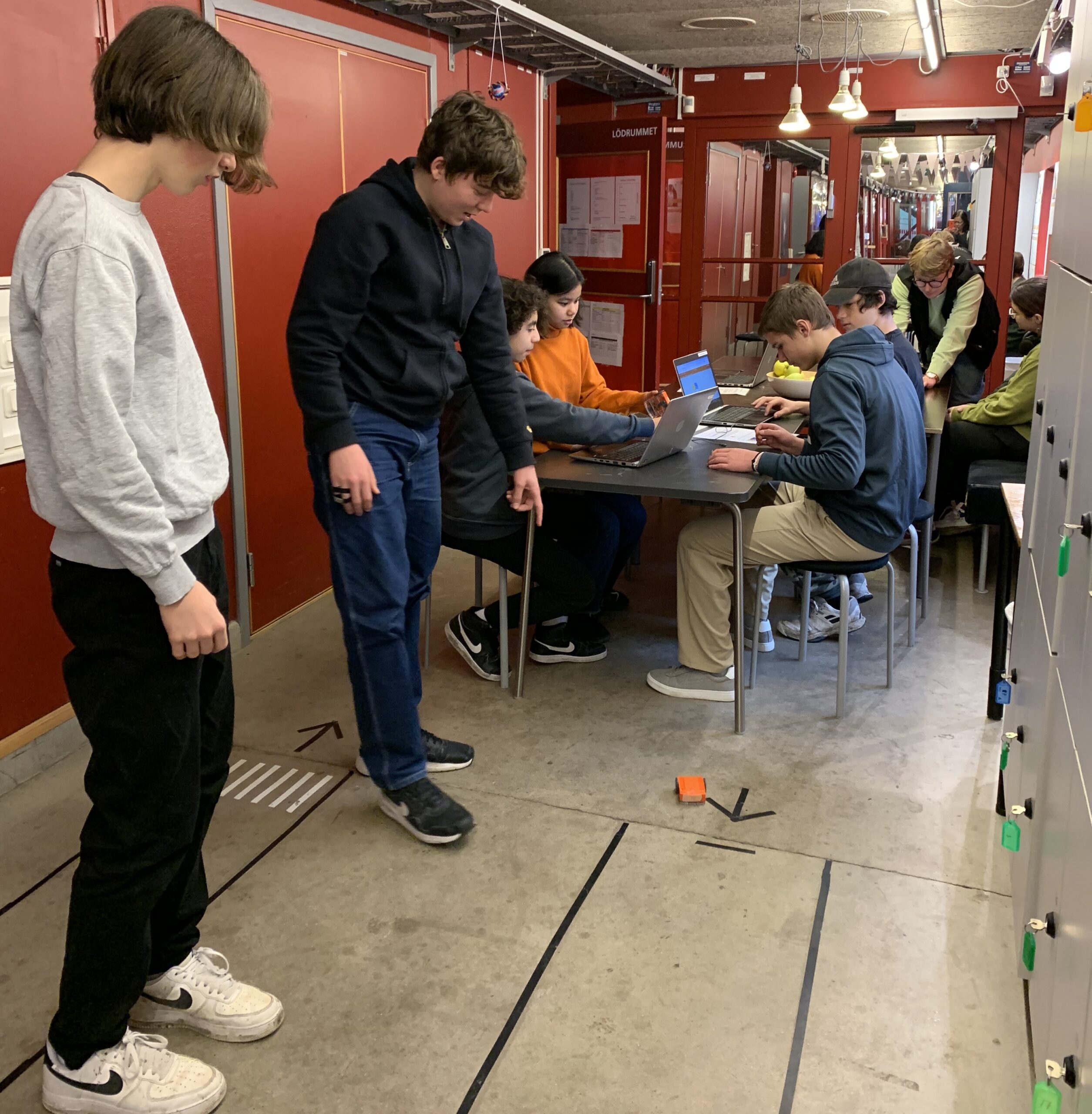
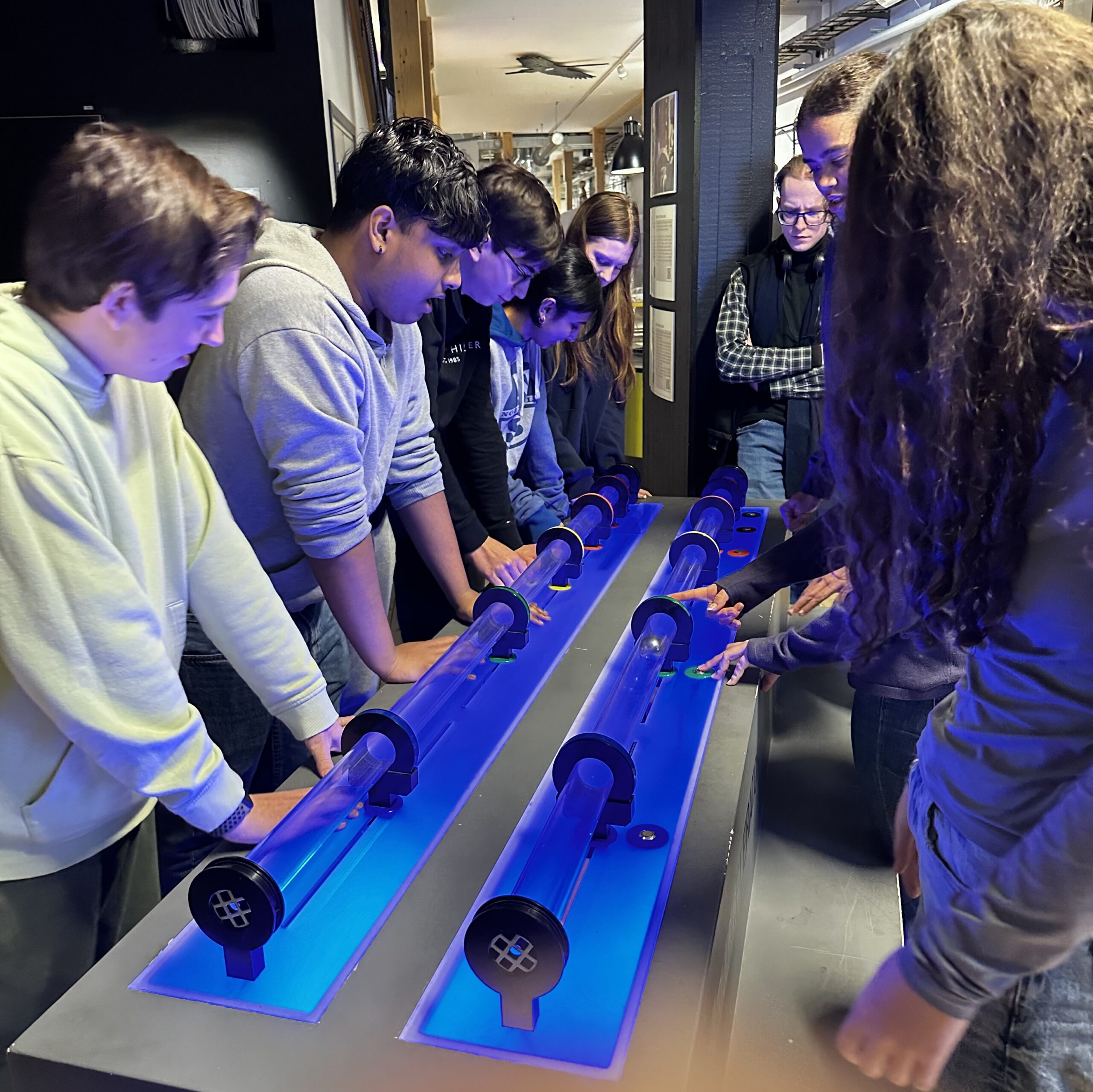
You may also like
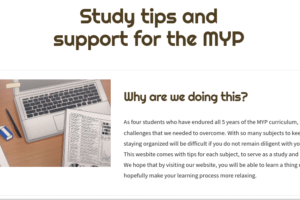
Creating Study Tips for MYP Students
